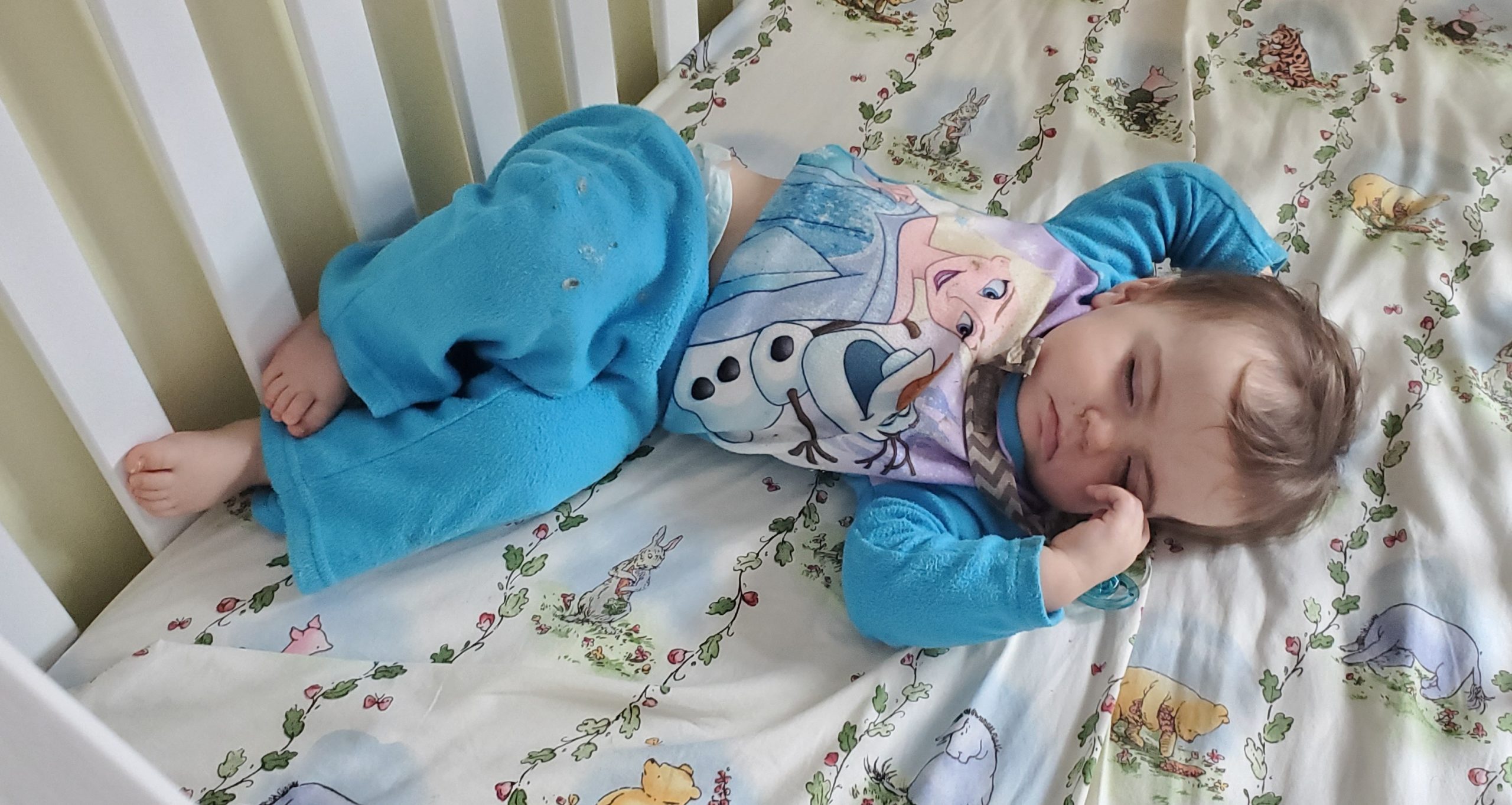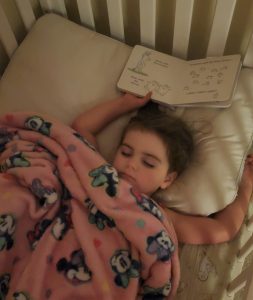It’s human nature to have an energy slump in the afternoon, sometime between 1:00 and 4:00. It’s tied to our circadian rhythm. Two ways to combat midday fatigue: napping and exercising. This blog deals only with the former! (I’ve previously written about sleeping habits here.) On average, adults who nap do so 94.3 days each year.
Power Naps
In the 1990s, James Maas, a social psychologist and sleep expert coined the term power nap, 10 to 20 minutes long, to boost energy and alertness. A power nap is reputed to allow workers to get back to work right away because this amount of sleep does not yet reach the deeper states of a sleep cycle. The napper stays in the lighter stages of non-dreaming sleep. And for some, apparently, it works; 42.7% of U.S. full-time workers say they regularly nap during a break in a typical workday,
Avoid 30-minute naps.
They cause “sleep inertia,” a groggy state that can last for another 30 minutes after waking up. This is because the body is forced awake right after beginning, but not completing, the deeper stages of sleep.
A 60-minute nap might be okay.
Sleeping for 60 minutes includes the deepest type of sleep, slow-wave sleep. Because of this, the one-hour nap is ideal for helping an individual better remember faces, names, and facts. However, your brain will not complete a sleep cycle in only 60 minutes, so you may not be very alert for some time after waking up.
The ideal nap is 90-minutes.
This is the length of one full sleep cycle, which includes all the light and deep (REM and dreaming) stages of sleep. A full sleep cycle nap improves procedural and emotional memory (e.g. for playing musical instruments and driving). A 90-minute nap can also significantly boost one’s creativity. Because the nap is a full sleep cycle, waking up should come much easier. (This according to the National Sleep Foundation.)
Actually, the National Sleep Foundation recommends 20 or 90 minutes, but I prefer the latter!
On the other hand, the Mayo Clinic is very specific: the ideal nap occurs between 2pm and 3pm and lasts between 10 and 30 minutes. This takes advantage of one’s normal post-meal dip in energy and, if finished by 3pm, poses the least risk for causing sleeplessness at night.
Among older adults, shorter naps (less than 30 minutes) are reported by adults with better health; long naps (e.g., longer than 90 minutes) have been linked to cardiovascular problems and diabetes, declining cognitive function, and increased mortality.
Benefits of Napping
There are lots of benefits to sneaking in power naps every once in a while.
- Curb the side effects of temporary sleep deprivation. If you missed getting adequate sleep the night before, a quick nap can be restorative.
- Note: Temporary sleep deprivation refers to a night every once in a while in which you don’t get enough sleep.
- Improve memory function and job performance. Younger people definitely benefit from a quick nap in the afternoon, which can help them immensely with their studies, if they are in school. People of all ages can enhance job performance (and physical performance, in general) with a brief period of shut eye. If you feel sluggish while at work or in school, you may be able to improve the situation with a nap.
- Lower blood pressure.
- Prevent mistakes in judgment or accidents while driving or operating machinery. Drowsy driving is dangerous and can strike anybody at any time.
- Heal the body. A brief nap can help relieve stress, allow the body to heal inflammation and injury, and improve mood.
Napping Can Be Problematic
- If you have insomnia, you might exacerbate or even cause it by taking naps. If you take long naps or nap later in the afternoon, they may alter your circadian rhythms, leading to trouble with falling asleep at bedtime. On the other hand, people with severe insomnia might find themselves only ever able to take short naps, rather than sleeping all night.
- If you have unidentified or poorly addressed sleep disorders—for example obstructive sleep apnea (OSA)—you will not cure it with naps.
- If you are diabetic, or likely to develop diabetes, note that recent research has linked long afternoon naps (over an hour) to Type II Diabetes. Observational studies of more than 300,000 people by the University of Tokyo found a link between long napping and a 45 percent increase in the incidence of diabetes when naps lasted at least 60 minutes.
- If you don’t know what is causing your daytime fatigue, it might be better to avoid napping altogether. Aside from sleep disorders, there’s a whole range of other causes, from prescription medications to underlying health problems to depression and mood disorders.
The prevalence of napping in older adults ranges from 20% to 60% in different studies, but is consistently reported to be higher than in other age groups. Age-related changes in circadian rhythm and sleep patterns, cultural beliefs, chronic conditions, medications, and lifestyle changes contribute to the high prevalence of napping in older adults.
(FYI: If people lived alone in total dark, “days” would be about 25 hours each. However, our body clocks reset each day based on the sun’s light/dark cycles—plus alarm clocks, work schedules, and the world in general.)
Bottom Line: Both short and long naps can increase alertness and be useful. Choose depending on personal rhythms, why you are napping, and environmental constraints.








